Continuing a long-standing tradition of funding ground-breaking research leading to innovations in the fields of human health, the environment, and economic development, the Foundation also believes in bringing quality science education to students ensuring the next generation continues to further advance this field.
CURRENTLY FEATURED IN SCIENCE
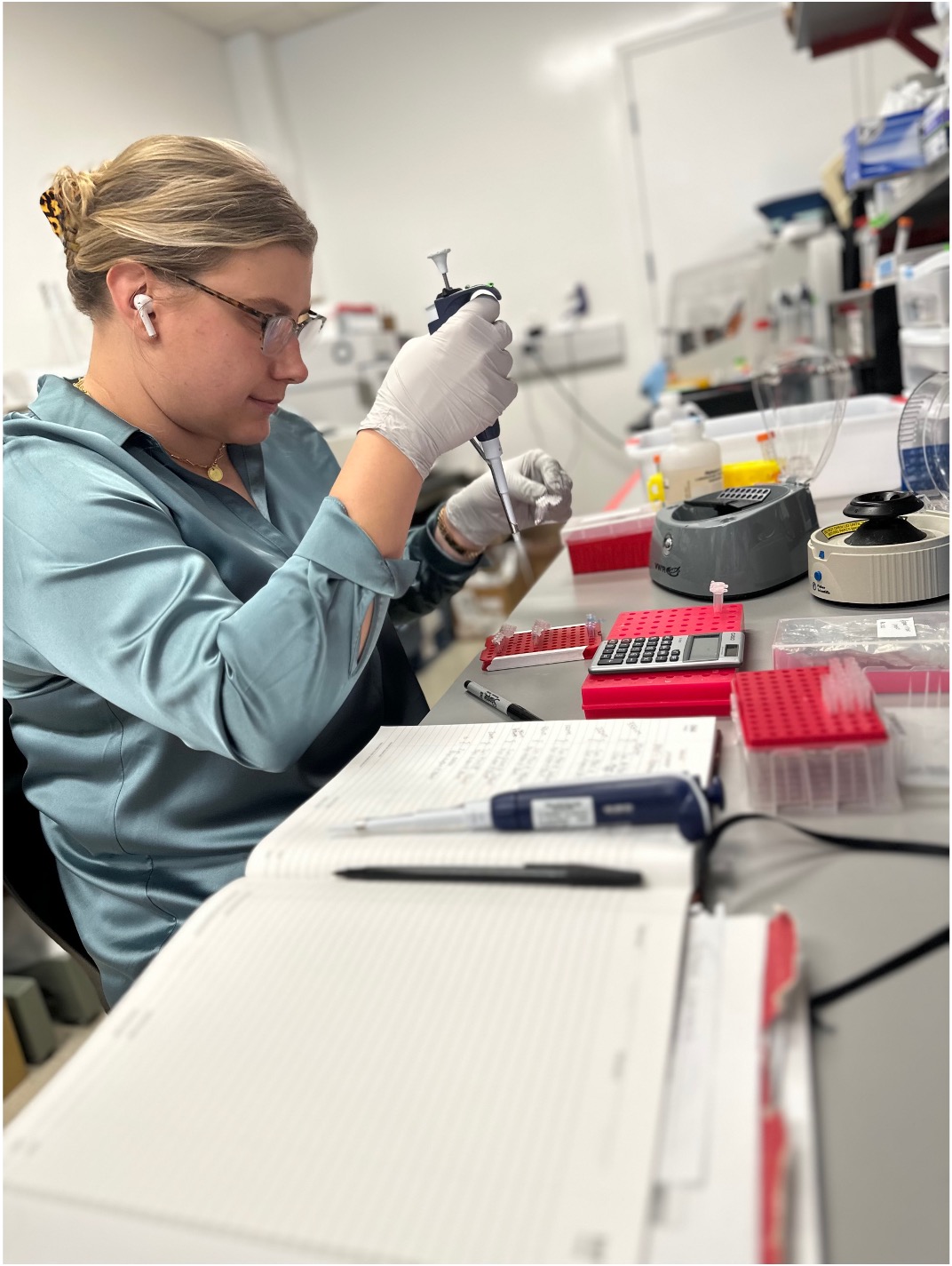
Molecular Sensing of nanoplastic tissue accumulation using a novel DNA-microfluid hybrid system
2023 – This project supports The Ohio State University’s Dr. Carlos Castro’s research to understand the mechanistic effects of the chronic buildup of nanoplastics on a tissue, cellular and subcellular level. Dr. Castro creates DNA-based nanosensors and nanobots to study the human body as well as the environment around us. This project will include the development of a nanosensor to monitor live cell interactions with nonplastics in their environment. They will be developing a novel system that could be used to understand the effects of nanoplastics in tissues and cells in a real-world dosing scenario.
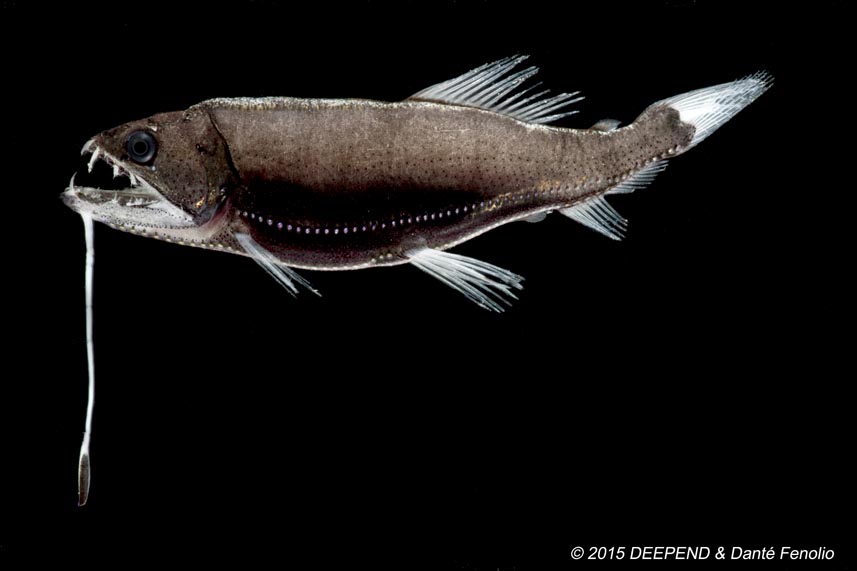
Conservation Genetics of Deep-Sea Fishes: Biodiversity, Genome Structure, and Molecular Adaptation
2023 – This project supports the research of Dr. Shivji, a world-renowned geneticist from Nova Southeastern University, who has studied the genetics of sharks and how those genes may help develop a cure for cancer in humans. As part of this project, Dr. Shivji will sequence the genomes of deep-sea fishes, which could hold the key to better understanding life and adaptations, including some which may help inform human health science, in a generally understudied environment. Additionally, Dr. Shivji is traveling to Stark County to present to the public about his research and the intersection of marine biology and biomedical science, as well as meet with the Conservation Biology class at Kent State Stark, who will have the opportunity to travel to South Florida to participate in a shark tagging research trip with Dr. Shivji.
Photo of a snaggletooth (Astronesthes gemmifer)

Generational Passage of micro-nano-plastic particles
2022 – Dr. Phoebe Stapleton, an expert in micro and nano plastics in living organisms, previously did a study looking at pregnant female rats’ exposure to micro-nano plastics through the lungs and through the digestive system and found that plastics were also present in the fetal tissues. This project is looking to see whether or not plastics were still present in the offspring after birth, potentially showing the generational implications of micro-nano plastic pollution.
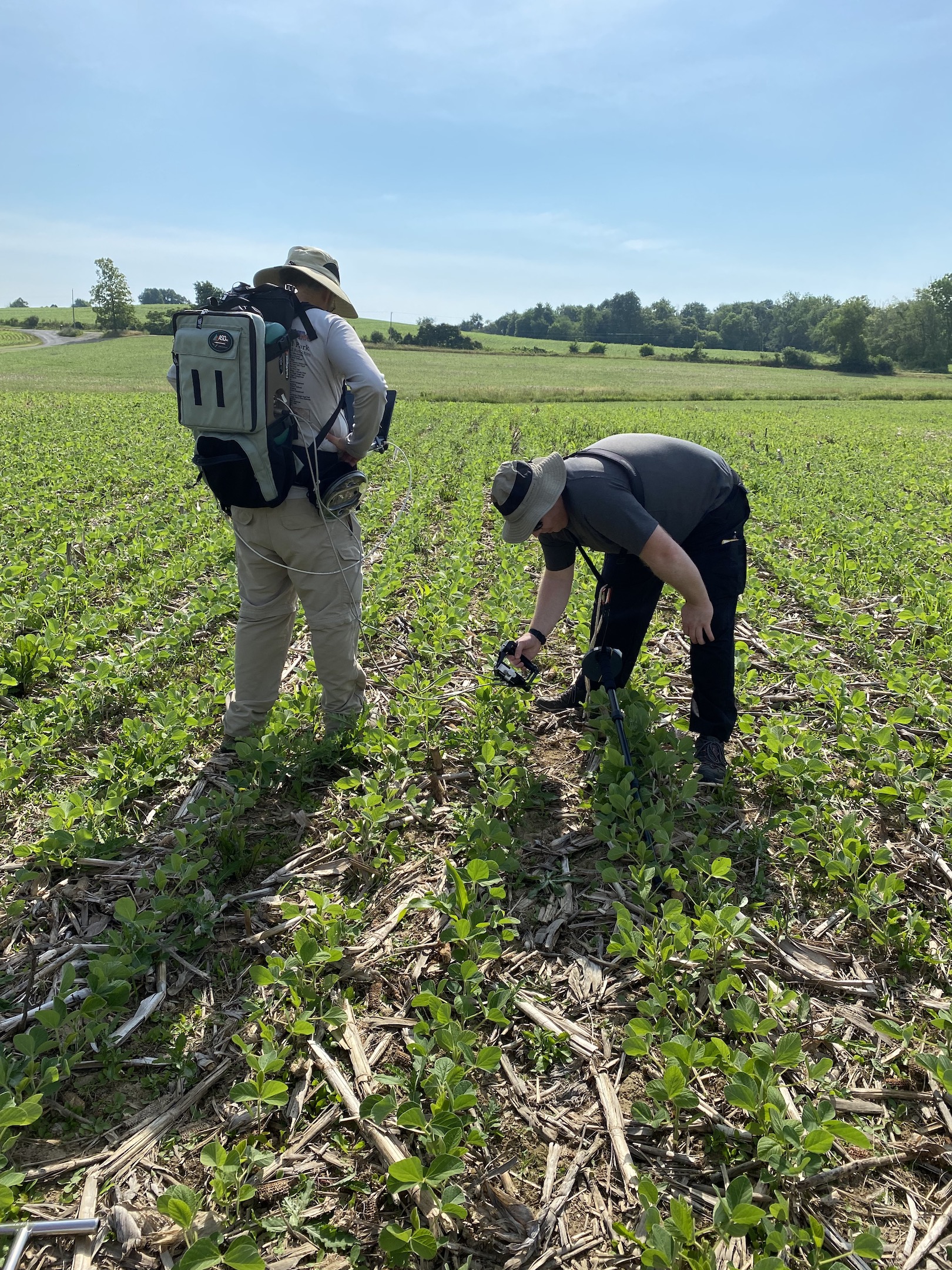
Cover Crop Impacts on Soil Carbon Inferred by Modeling and Soil Optical Properties
2022 – This project builds on the research previously funded by HWHF, but looks more into the impact of cover crops on soil organic carbon stocks. Additionally, other types of soils is being assessed to determine whether remote sensing can be used on them as well. The research team includes Dr. Ortiz and Dr. Eichler (an agroecologist) from Kent State University, Dr. Lal from the Ohio State University, and Dr. Confesor (expert in modeling of agricultural systems).

Microplastics and Atmospheric Aerosol: Impact on Climate Forcing
2022 – HWHF provided funding for a project assessing the fundamentals of microplastics in the atmosphere. The Ohio State University, in partnership with Utah State University, is working on the first study ever to provide molecular level information in a controlled environment while incorporating actual microplastic samples collected from the environment. The aim of the research is to assess microplastics on a molecular level and their impacts on climate when they become aerosolized.
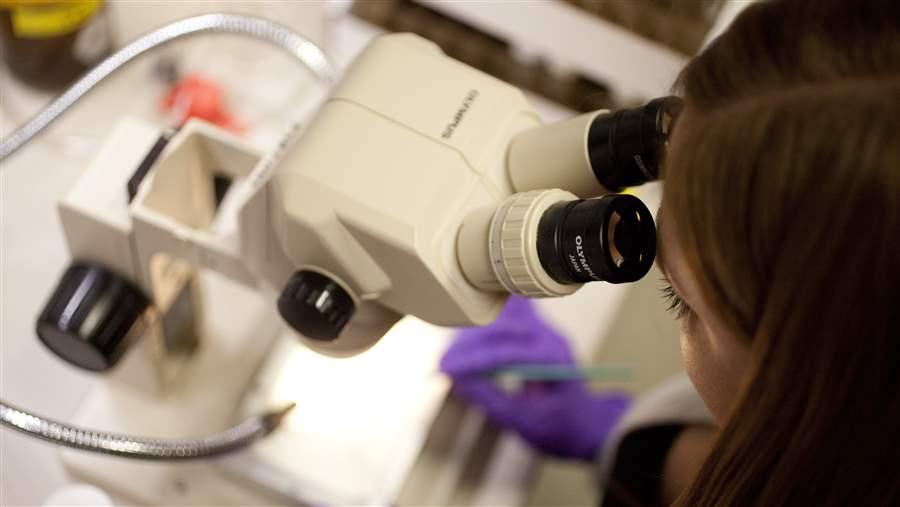
Pew Marine & Biomedical Science Fellowship
2021 – This grant creates the first-ever Pew Charitable Trusts program linking marine and biomedical scientists. Following the framework of Pew’s Marine Fellows and Biomedical Scholars programs, this grant will provide funding each year over three years for a competitively selected individual to conduct a pioneering project melding these two fields.
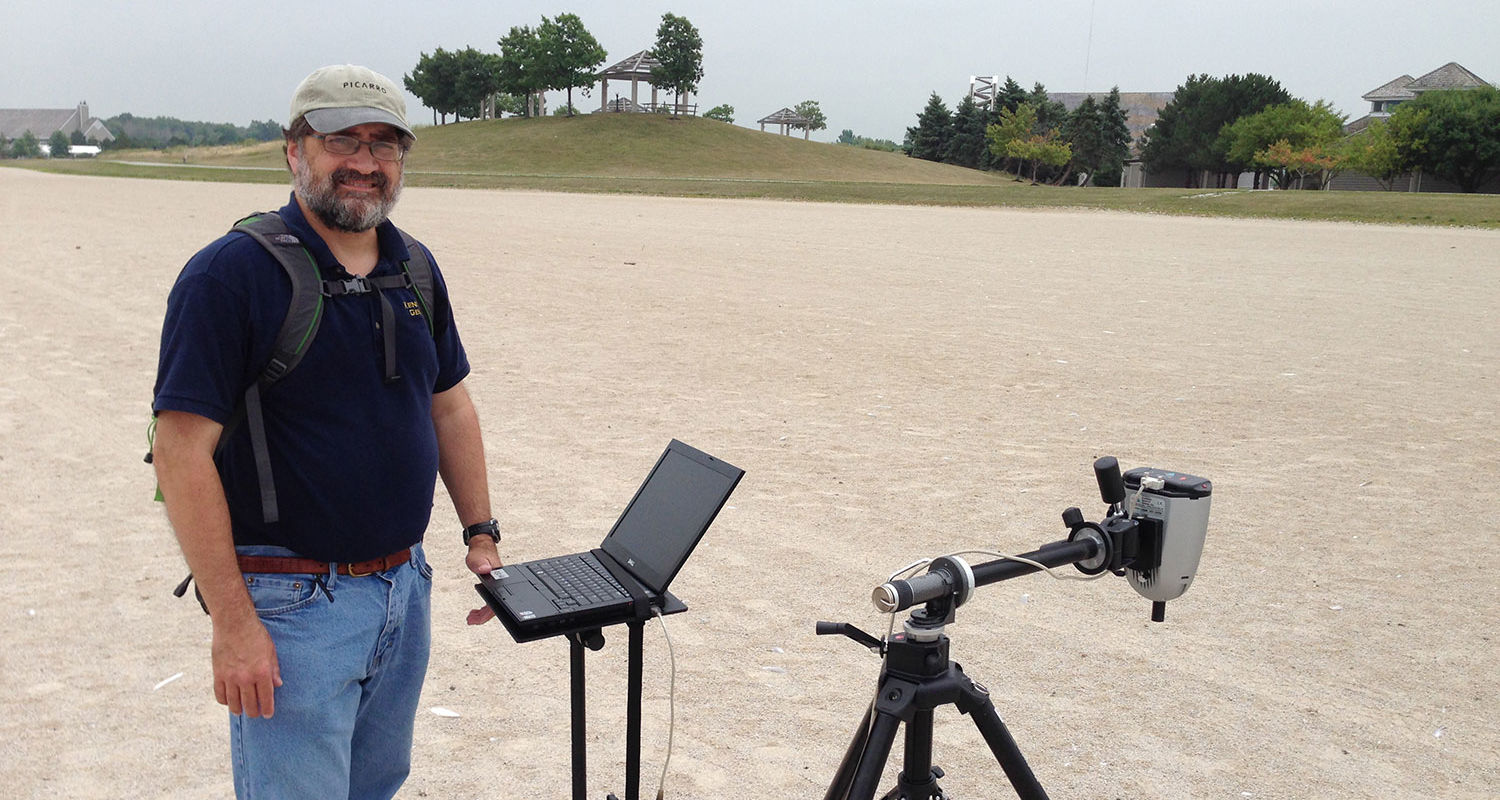
Automating the Detection of Harmful Algal Blooms using Google Earth Engine and Google Cloud Platform
2021 – Building on previous research funded by the Herbert W. Hoover Foundation, researchers will automate the novel method of analyzing water quality in the Google Earth Engine and Google Cloud Platform, meaning researchers around the globe could have access to an inexpensive and consistent method of assessing water health.

Determining and Addressing the Causes of Reproductive Failure in Corals in FL and HI
2020 – Using novel techniques developed by Dr. Robert Richmond of the University of Hawaii, scientists will assess the health of coral reefs in Florida and Hawaii with the goal of pinpointing their main stressors with specificity. Ultimately, this will allow resource managers the opportunity to enhance coral populations in their regions by stopping these pollutant stressors at their source.
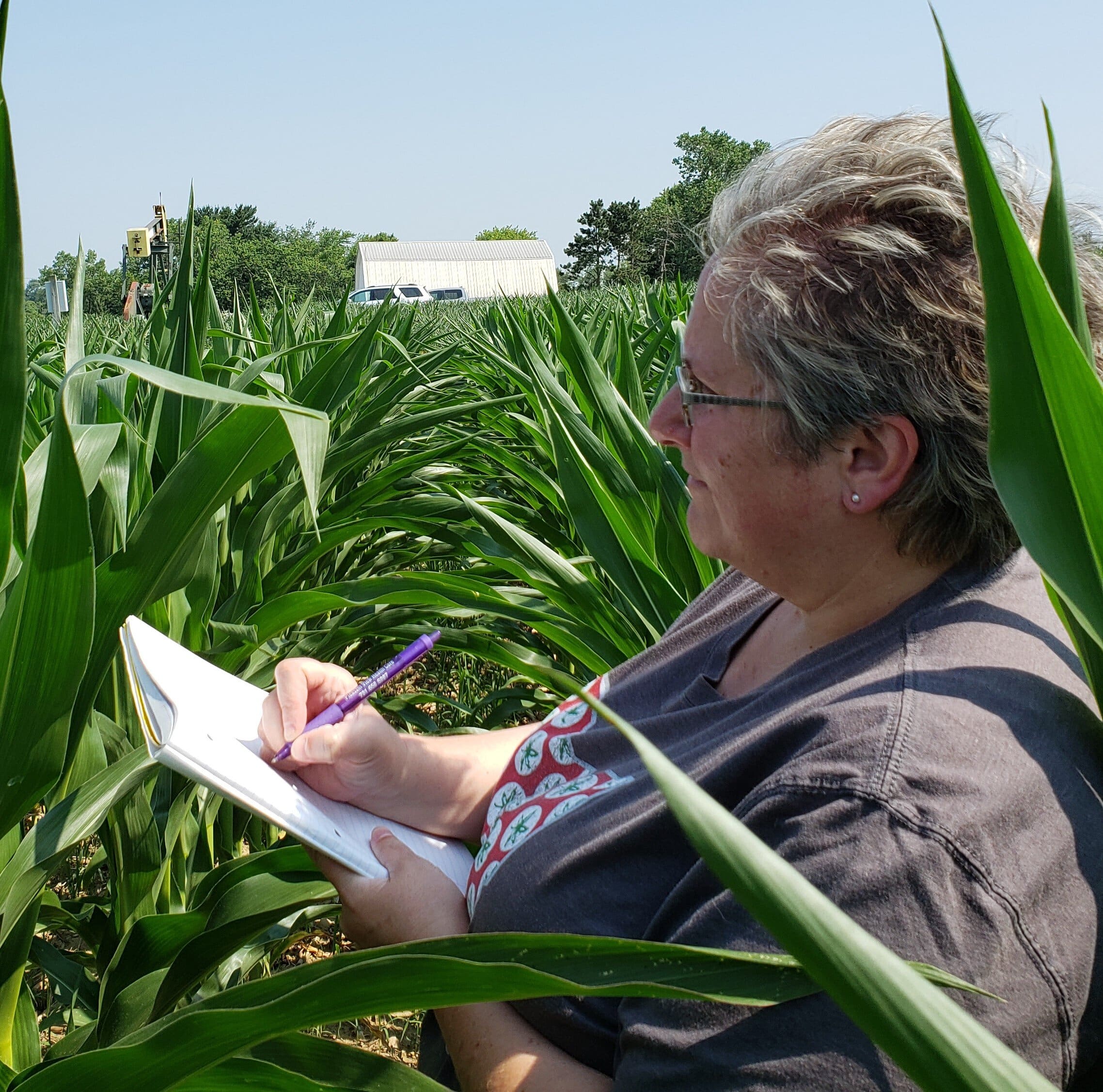
Field-Scale Estimates of Soil Carbon Based on Modeling and Soil Optical Properties
2020 – Building upon prior grants provided by the Herbert W. Hoover Foundation, this project by Ohio State University and Kent State University seeks to assess the quality of soil through imaging. This will enable farmers, scientists, and resource managers to more readily assess carbon sequestration capacity in soil as well as overall soil health at a fraction of the cost.

Continuing the Study of Neurodegenerative Disease and Algal Blooms
2020 – Scientists at the University of Miami Brain Endowment Bank will continue to study the linkages between BMAA, a blue-green algal toxin, and neurodegenerative disease. By analyzing donor brain tissue, this study will build upon long-term funding from HWHF investigating the link between blue-green algae and brain disease.
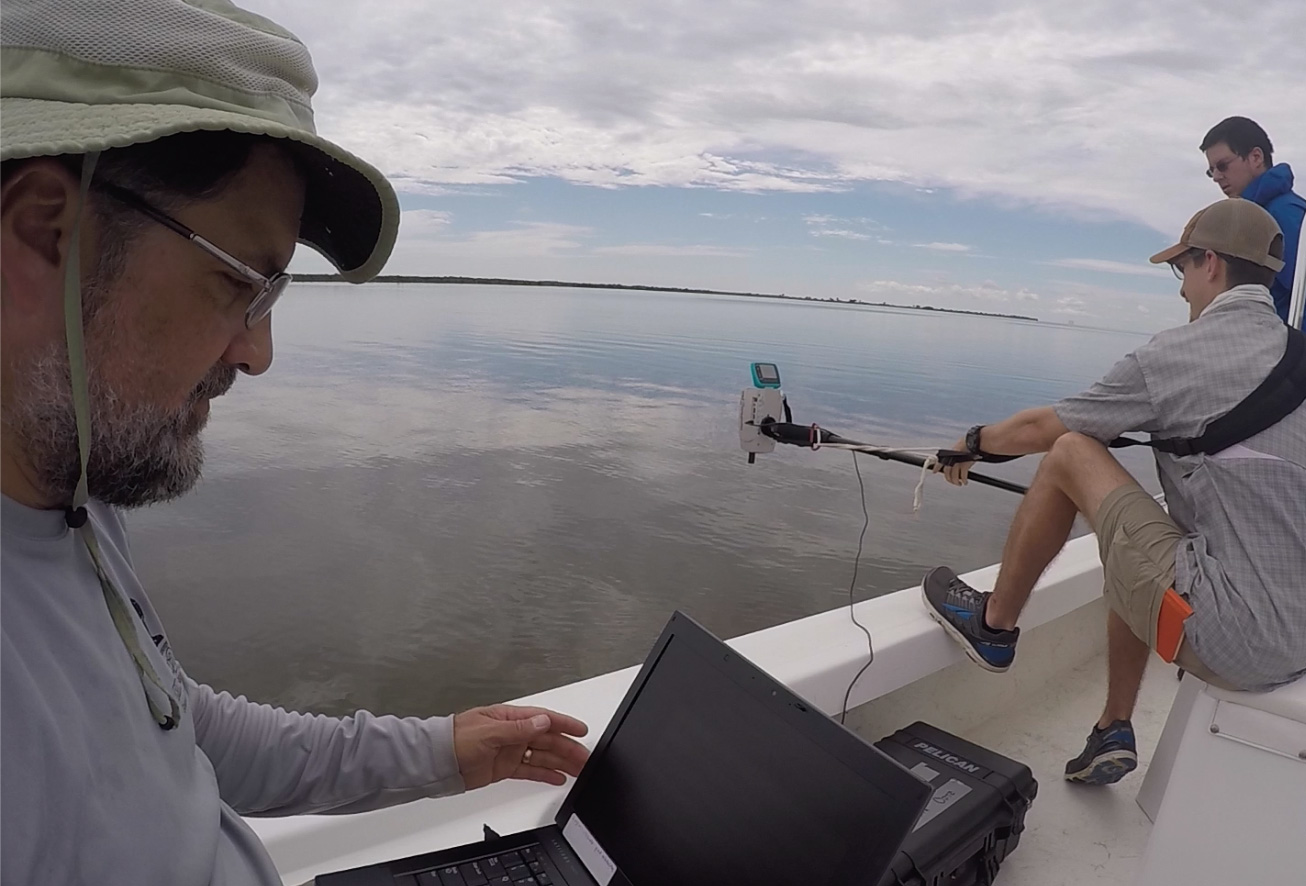
Using Satellite Imagery to Analyze Toxic Algal Blooms
2020 – Dr. Joseph Ortiz at Kent State University, in partnership with SkyTruth, receives funding to monitor toxic algal blooms in Lake Okeechobee utilizing Google Earth Engine and spectral decomposition methods. Toxic algal blooms can unexpectedly shock a community and disrupt its ability to obtain clean water, as these blooms can lead to liver disease, kill pets, and even cause neurodegenerative disease. With this technology, communities can receive notice further in advance as to whether to expect a toxic algal bloom so they can take action to protect themselves as well as action to prevent additional algal blooms in the future.
PAST PROJECTS IN SCIENCE
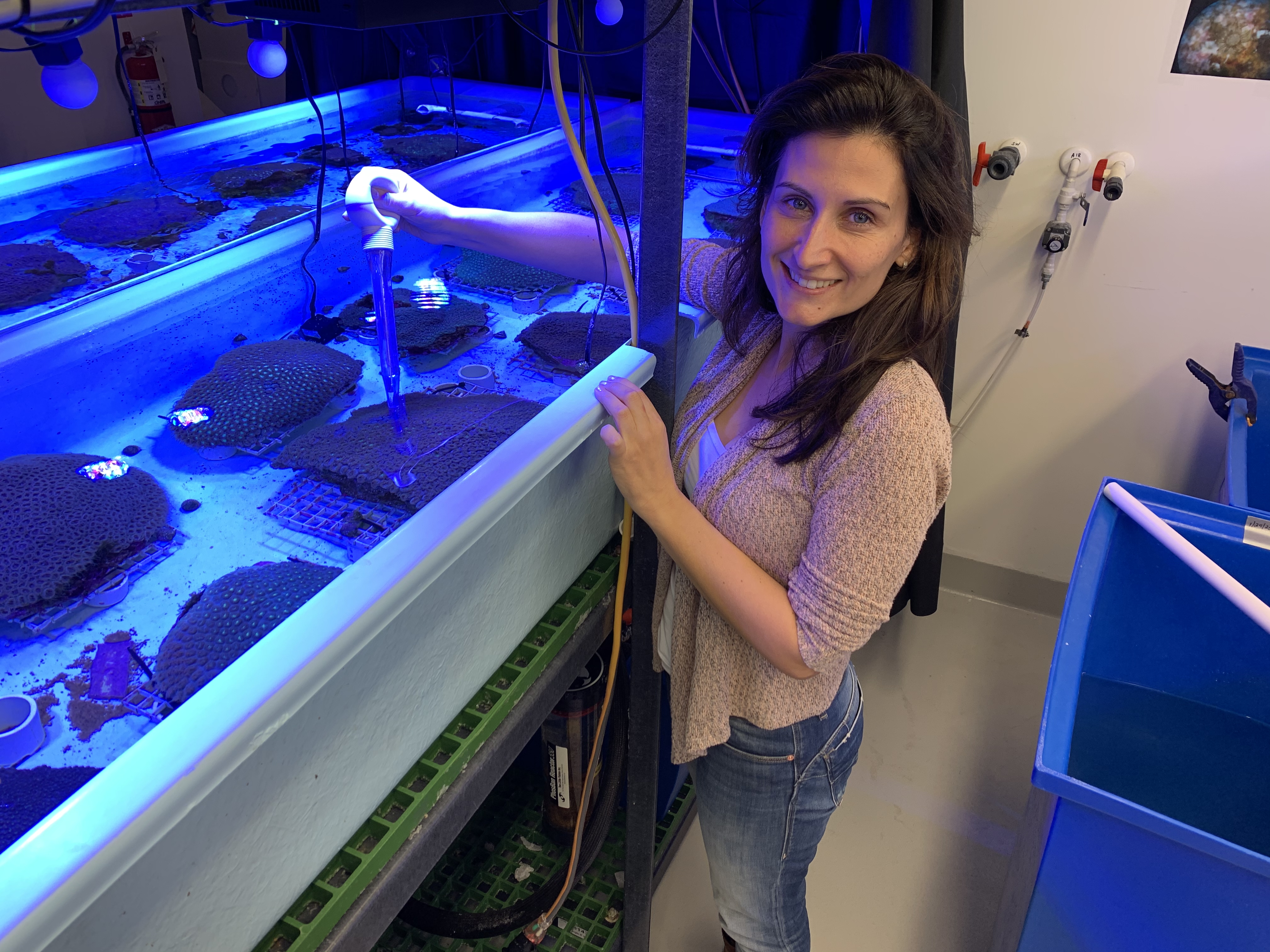
Assisted Sexual Reproduction of Corals
2019 – Funding was provided to Nova Southeastern University to collect the spawn and rear the larvae of corals rescued ahead of disease in the Florida Reef Tract. Funding was used to build a mass-scale larval rearing system that will be used in efforts to restore coral reefs for years to come.
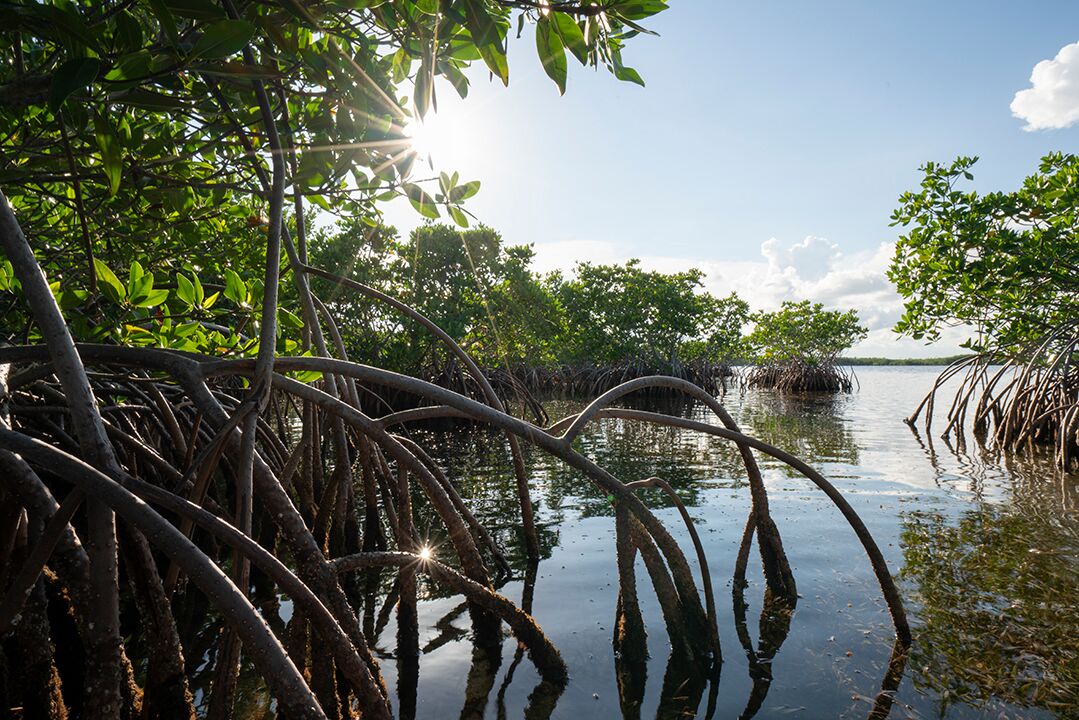
The Flood Risk Reduction Benefits of Florida’s Mangroves During Hurricane Irma
2019 – Dr. Michael Beck from the University of California, Santa Cruz, receive funding to analyze the role and economic value of mangroves in reducing storm flood risks to people and property in south Florida. In partnership with Kent State University, Dr. Beck will present his findings at workshops and meetings in south Florida and Stark County, Ohio, and the entities will collaborate to create a curriculum at the Kent State Stark Campus designed to research the economic importance of conserving wetlands and the land-water interface.
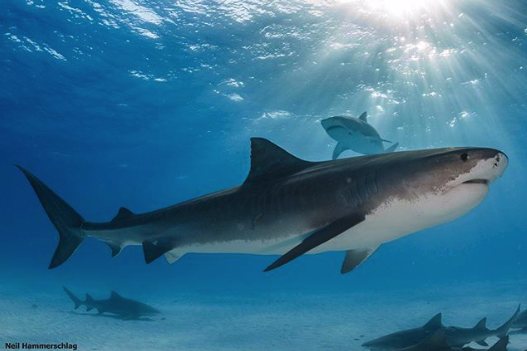
Discovering Where Tiger Sharks Give Birth
2018 – Dr. Neil Hammerschlag at the University of Miami Rosenstiel School of Marine and Atmospheric Science is provided funding to use an innovative, non-invasive approach to determine reproductive cycles of tiger sharks, track pregnant individuals, and identify the exact timing and locations of gestation and pupping. (Photo Credit: Neil Hammershlag)
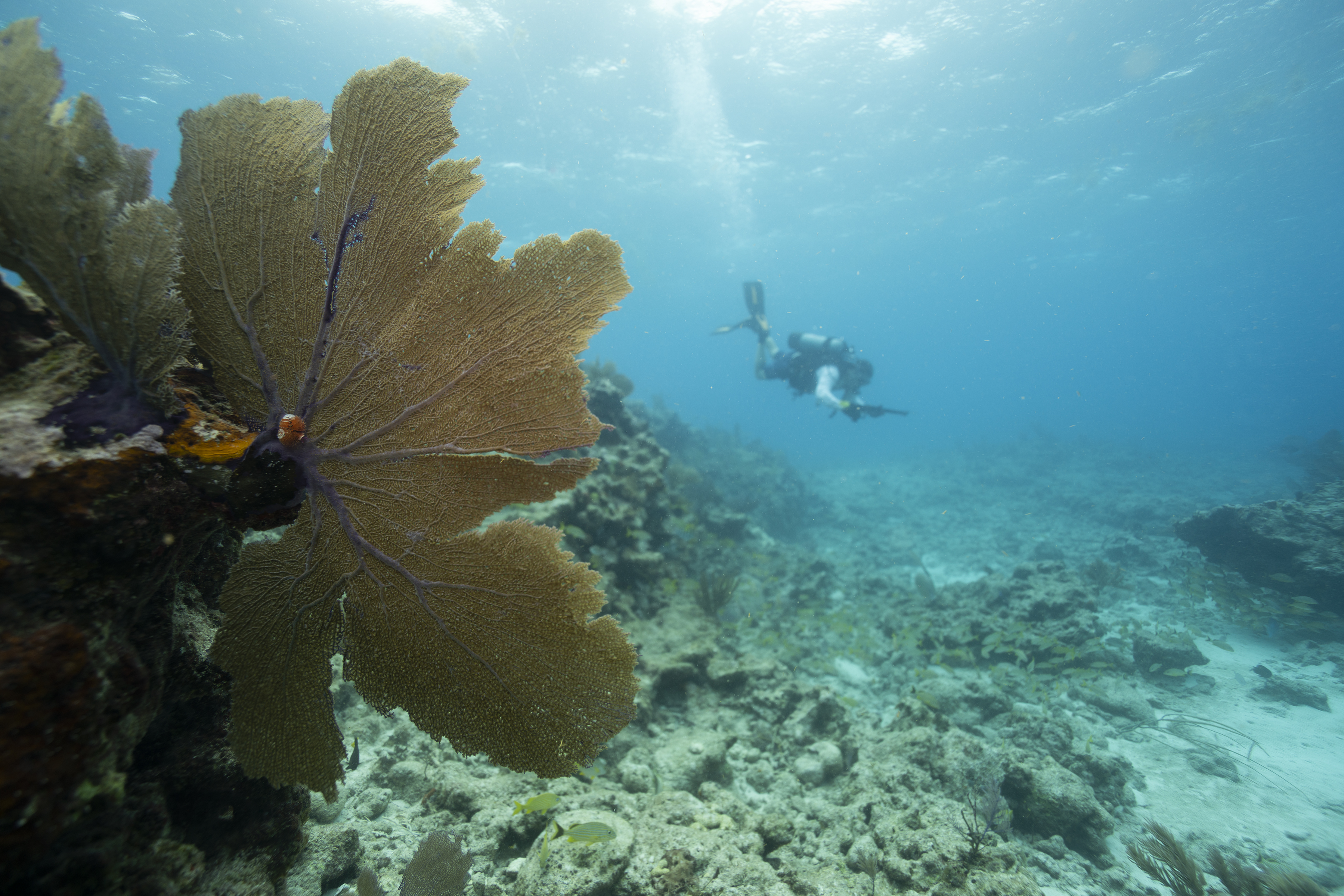
Science in Support of Management and Restoration in Biscayne National Park
2017 – The Herbert W. Hoover Foundation provides funding for a partnership project between Kent State University, Boston University and Biscayne National Park (BNP). This project aids BNP staff in park management to restore park health, maintain ecosystem services (e.g. fishing, recreation and ecotourism), and help make the park as resilient as possible to climate change and extreme weather events. These goals are accomplished through remote sensing of Harmful Algal Blooms using cutting-edge satellite technology, the development of a model for long-term recovery and sustainability of BNP, and monitoring of the coral reef habitat in BNP.
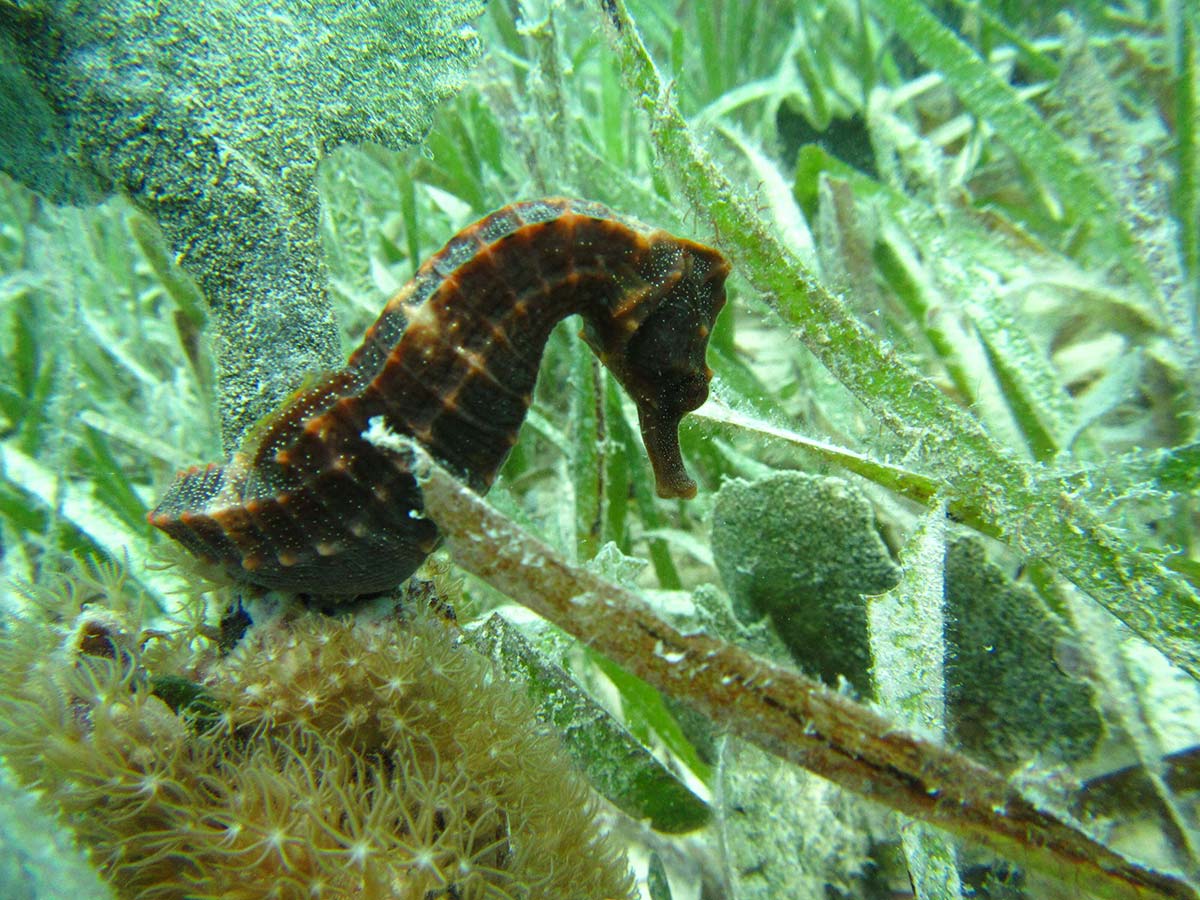
Seahorse Distribution and Marine Conservation in Biscayne National Park
2016 – Funding is provided to researchers at the University of British Columbia to study seahorse distribution and marine conservation in Biscayne National Park; the results of which supports community engagement and awareness and the proper management of seagrass beds in Biscayne National Park. Seagrass beds are a nursery to juvenile fish populations, providing the backbone needed to sustain nearly all ocean life, and they filter water ensuring the water is clean to support a robust coastal economy.
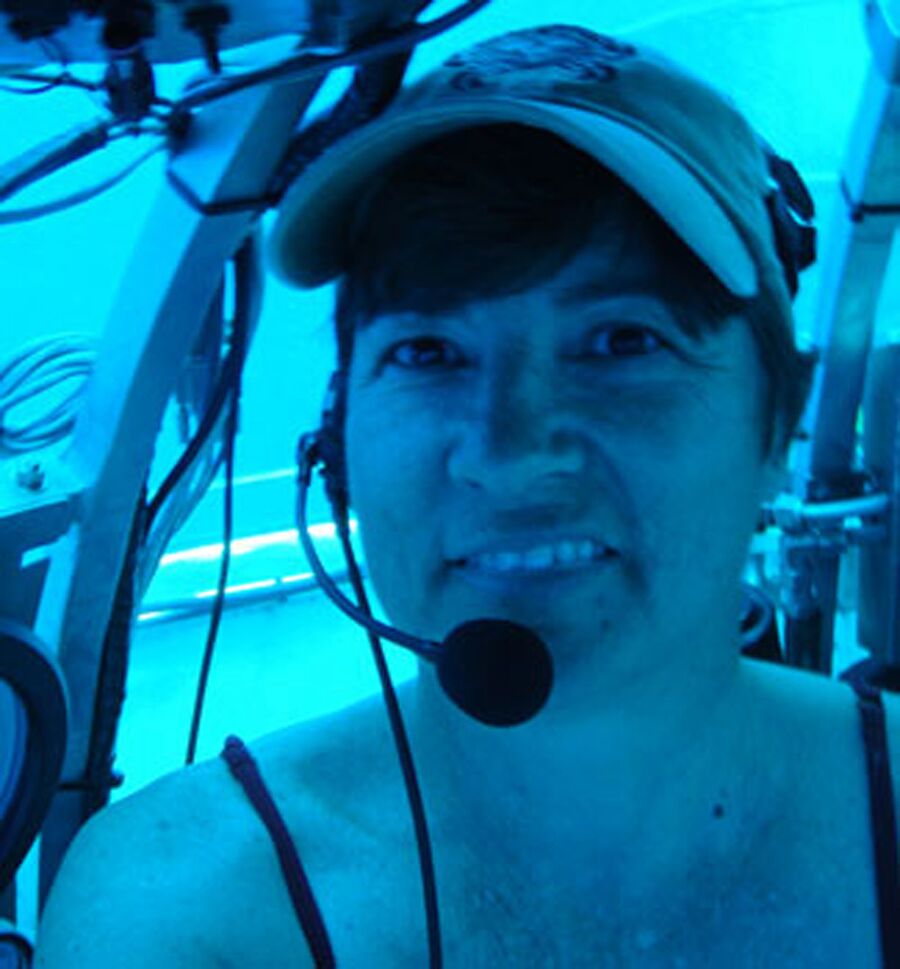
Making Water Pollution Visible in Biscayne Bay
2011 – Funding is provided to Ocean Research & Conservation Association (ORCA), led by Edith Widder, well-known for having been the scientist who made history by filming a live Giant Squid (Architeuthis dux) in its natural habitat. This project mapped clusters of highly toxic areas in Biscayne Bay, which information was vital to the protection of valuable Florida resources, the health of the local population, and enforcement of the Clean Water Act.
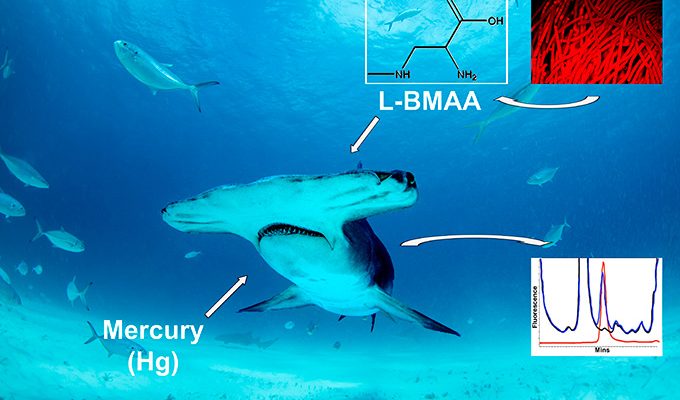
Cyanobacterial Toxin BMAA in Elasmobrach Fishes from South Florida Coastal Waters
2008 – HWHF begins a decade of funding ground-breaking research from the University of Miami Miller School of Medicine and Rosenstiel School of Marine and Atmospheric Science linking the cyanobacterial toxin BMAA to neurodegenerative diseases. After supporting this research, the Foundation has more recently funded studies of BMAA in sharks and dolphin brains. This research is published in numerous scientific journals and receives significant media attention because of its implications for human health. A sample of the scientific publications are available at the following links: https://www.mdpi.com/2072-6651/8/8/238 and https://www.ncbi.nlm.nih.gov/pmc/articles/PMC6426197/
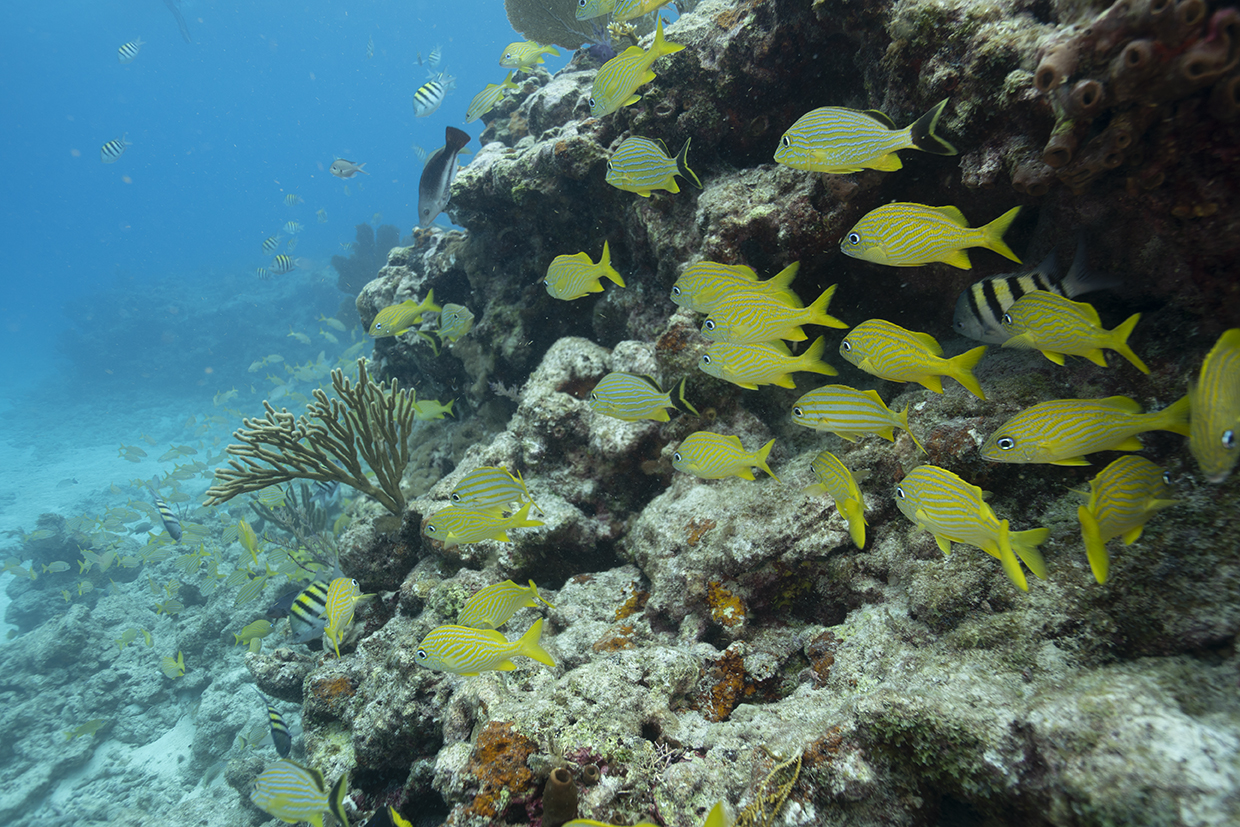
Development of Coral Nurseries to Restore Damaged Coral Reef Communities at Biscayne National Park
2007 + 2009 – Through a grant from the HWHF, the University of Miami Rosenstiel School of Marine and Atmospheric Science develops one of the world’s first coral nurseries to restore damaged coral reef communities in Biscayne National Park. Corals are the most diverse ecosystems on the planet, provide food to billions of people worldwide, and hold the key to curing many illnesses, including cancer.
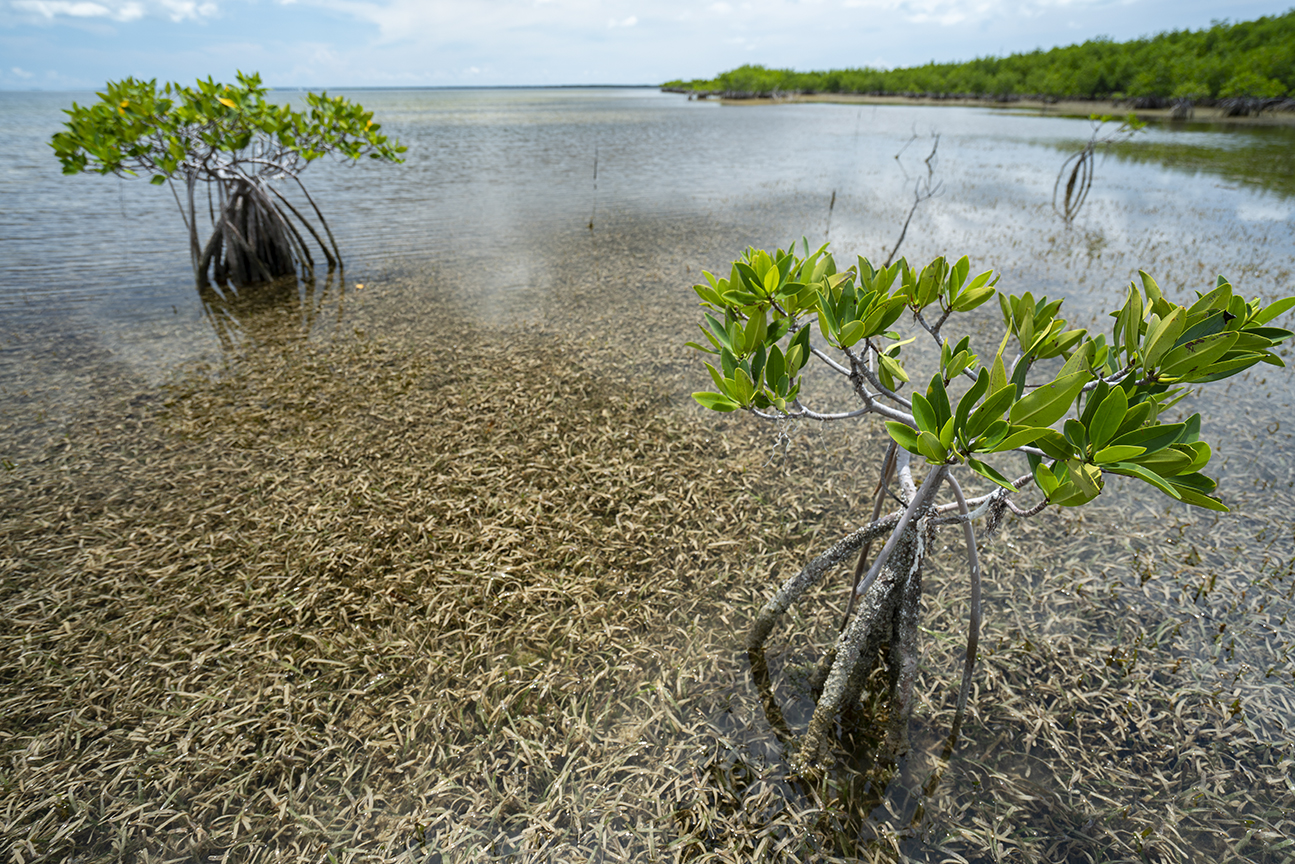
Supporting the Pew Fellows Program in Marine Conservation
2005 – HWHF begins funding the annual conference of the Pew Marine Fellows, a project of The Pew Charitable Trusts that awards financial support for midcareer professionals in the marine sciences whose future contributions to marine conservation are expected to be significant. As of 2019, 172 marine experts from 39 countries have been selected as Pew Marine Fellows. Fellowship projects have led to designations of new protected areas, improved fisheries management, and better conservation of marine wildlife.
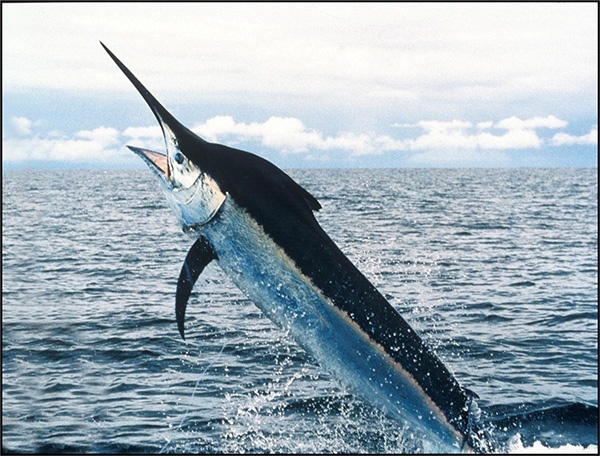
Research Project to Protect Sailfish/Billfish
1998 + 2002 – The University of Miami Rosenstiel School of Marine and Atmospheric Science receives funding by the HWHF to study the spawning behavior and nursery habitat of Billfish, which was a first-step towards the protection of habitats critical for migratory fish.
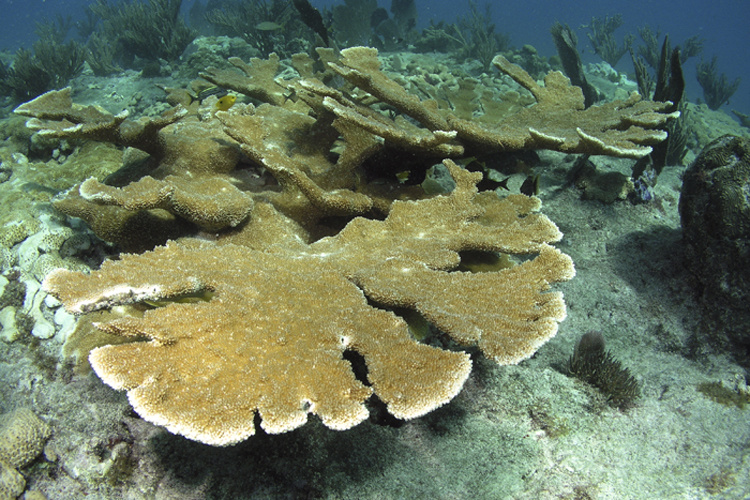
Support of the Water Quality Studies in the lower south Florida Keys (Looe Key National Marine Sanctuary), the only high-frequency long-term water quality monitoring program for a coral reef ecosystem anywhere in the world
1998 + 2000 – HWHF provides funding for Harbor Branch Oceanographic Institution to conduct water quality studies in the Looe Key National Marine Sanctuary, which represents the longest low-level nutrient record for a coral reef anywhere in the world. Recently, in 2019, this resulted in a groundbreaking publication attributing coral bleaching to not only increased water temperatures but excess nitrogen as well. To view the publication, you can visit the following link: https://link.springer.com/article/10.1007/s00227-019-3538-9 . For a press release about the publication, you can visit this link: https://www.eurekalert.org/pub_releases/2019-07/fau-tyo071019.php

